Transform Your Space With Stunning LED Wall Strip Lights: The Ultimate Guide to Modern Lighting
In recent years, the demand for innovative lighting solutions has significantly surged, with the LED lighting market projected to reach $105.5 billion by 2025, according to MarketsandMarkets. Among these modern advancements, LED wall strip lights have emerged as a frontrunner in transforming interiors with their versatility and aesthetic appeal. These lights are not just functional; they can dramatically enhance the visual ambiance of any space, from residential homes to commercial environments. Studies show that well-designed lighting can increase productivity by up to 20% in workspaces and improve mood and well-being in living areas. With their energy efficiency and customizable features, LED wall strip lights offer a sustainable and stylish solution to contemporary lighting needs. This guide will explore how you can utilize these cutting-edge lighting solutions to create a stunning transformation in your spaces.
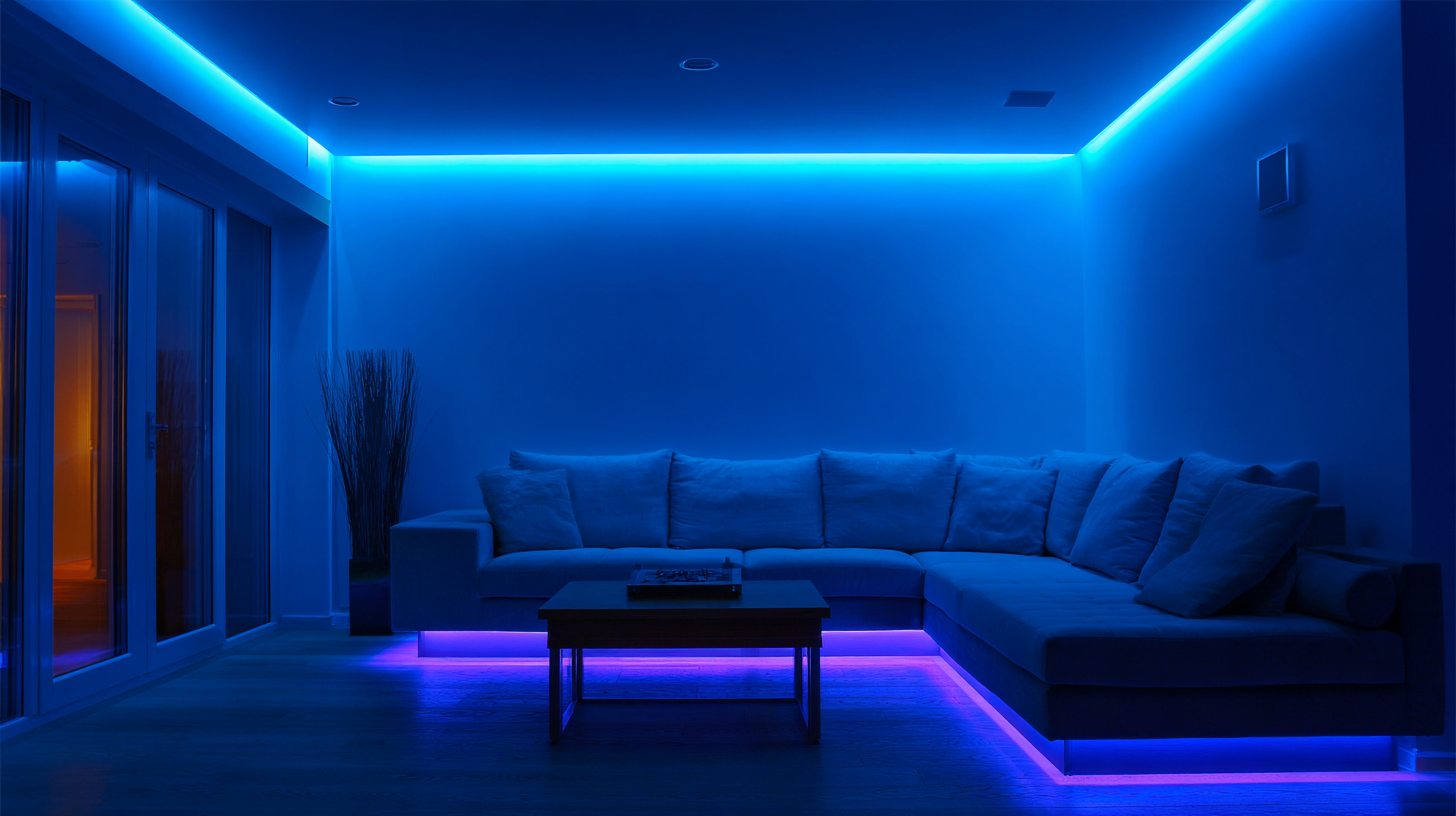
Choosing the Right LED Wall Strip Lights for Your Space
When selecting LED wall strip lights for your space, it's essential to consider several key factors to ensure you achieve the desired ambiance and functionality. First, the brightness level is crucial, typically measured in lumens. According to the U.S. Department of Energy, LED lights can produce more lumens per watt than traditional bulbs, making them highly efficient. For general lighting in living spaces, aim for strips that offer between 800 to 1600 lumens per meter, depending on the intended effect and application.
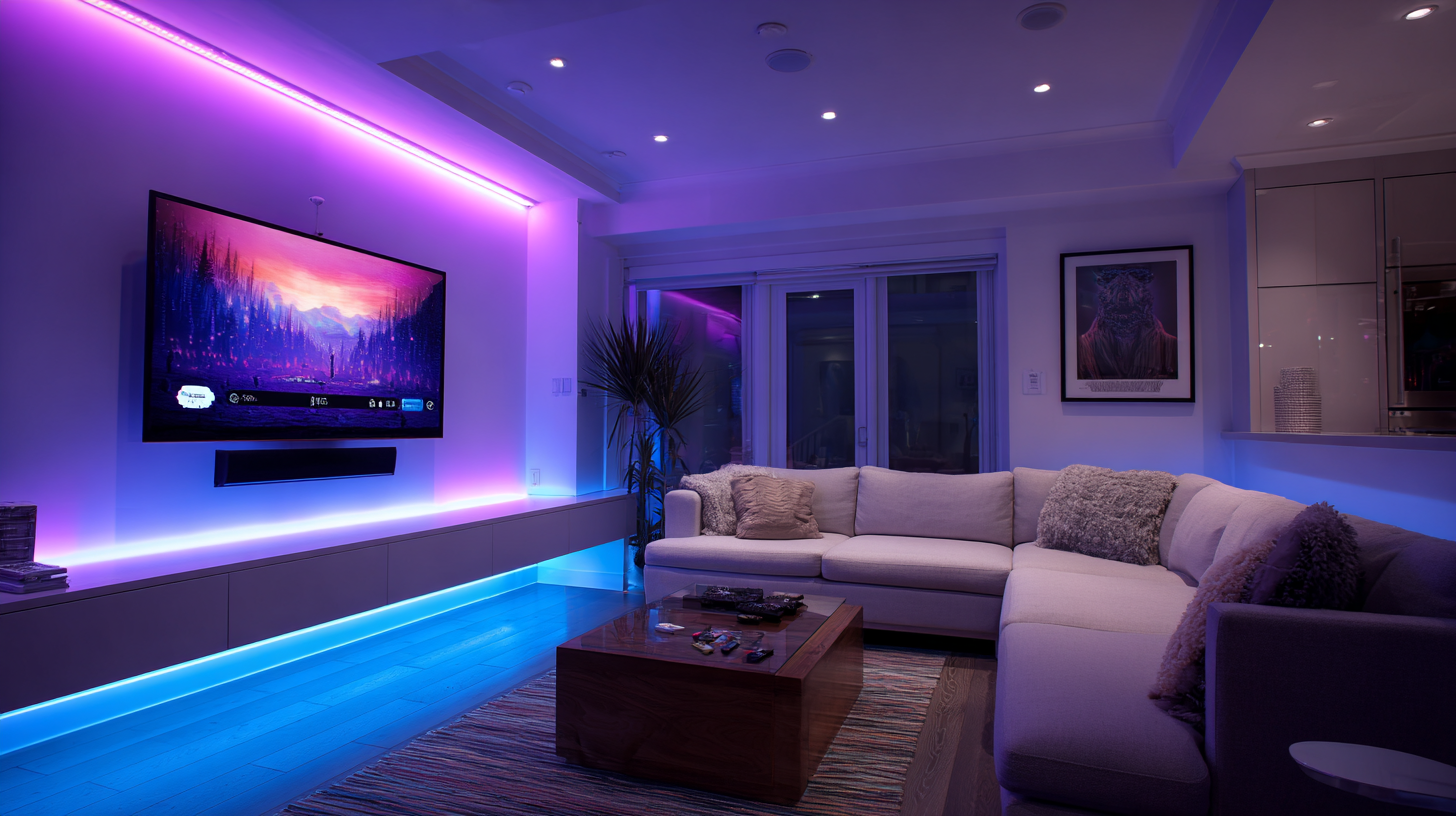
Color temperature plays a pivotal role in setting the mood of your interiors. LED wall strip lights are available in various color temperatures, ranging from warm white (around 2700K) to cool white (over 5000K). A study by the Lighting Research Center reveals that warmer temperatures tend to create a cozy atmosphere suitable for relaxation, while cooler temperatures are ideal for workspaces that need alertness and focus. By understanding these variables, you can select LED wall strip lights that not only enhance your décor but also align with the functional needs of your environment.
Preparing Your Walls: Essential Steps Before Installation
Before diving into the installation of stunning LED wall strip lights, it’s crucial to prepare your walls properly to ensure a seamless and successful transformation. Start by selecting the ideal location for your lights, considering factors such as height, visibility, and the overall layout of the room. It’s recommended to choose areas that can benefit from additional ambiance, such as behind furniture, along edges, or near architectural features.
Once you’ve pinpointed the perfect spots, the next step is to clean the surfaces thoroughly. Dust, grease, or any residue can hinder the adhesive strength of the LED strips. Use a mild cleaner and a cloth to wipe down the walls, ensuring that the surface is smooth and dry. If you're working with textured walls, consider sanding down rough areas or opting for a different mounting solution, such as clips or channels, to guarantee a secure fit. Taking these essential preparation steps will yield optimal results, allowing your LED wall strip lights to illuminate your space beautifully.
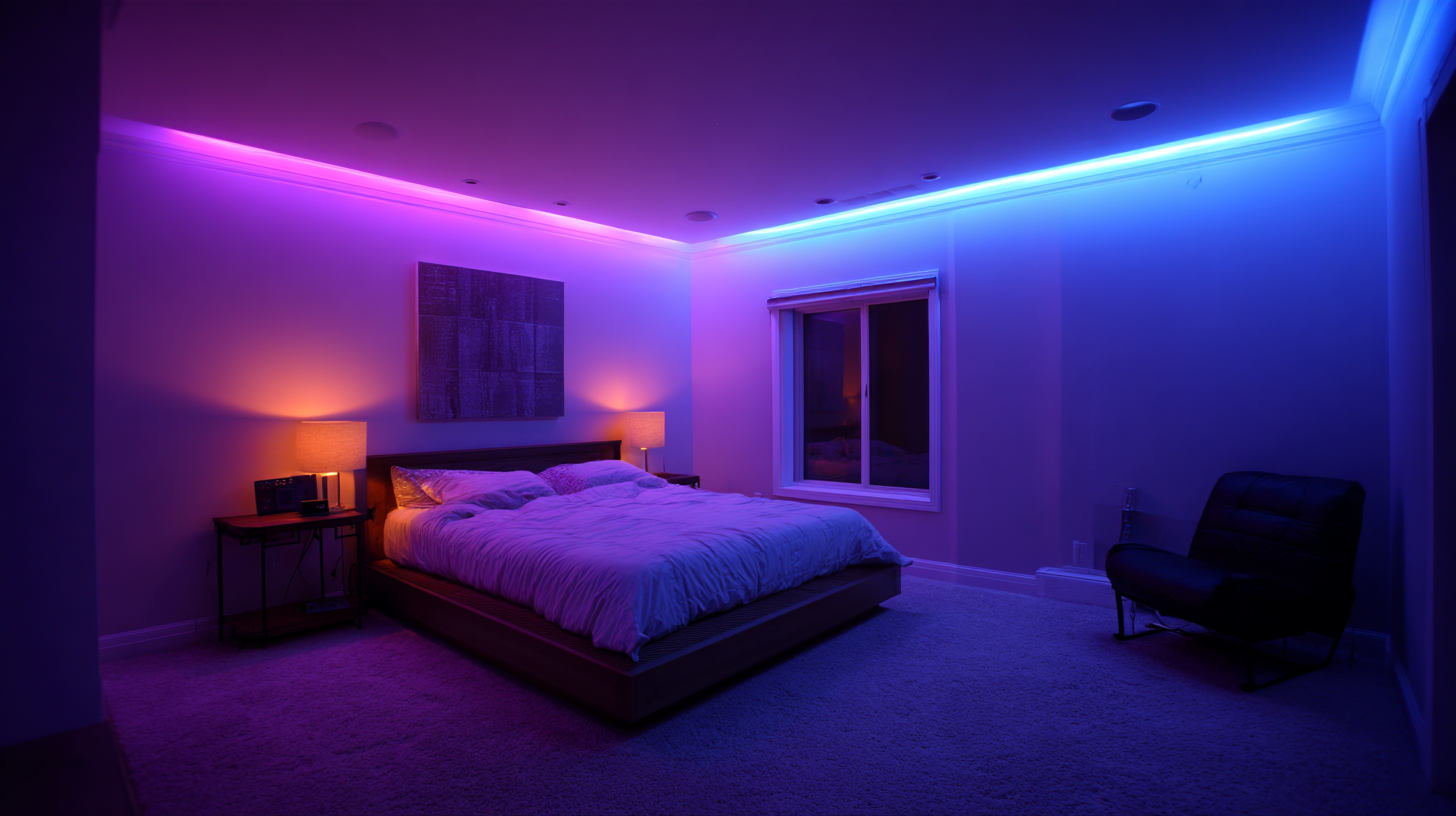
Creative Ideas for Using LED Strip Lights in Interior Design
LED strip lights are transforming interior design by bringing both functionality and creativity into any space. In kitchens, for instance, these lights not only enhance task lighting but also serve as a decorative element. Homeowners can use LED strips under cabinets to illuminate countertops, creating a warm glow that makes cooking a more enjoyable experience. Additionally, LED lights can highlight architectural features or artwork, turning a simple kitchen into a stylish, inviting area.
Beyond the kitchen, LED wall strip lights offer unique opportunities for personal expression in various rooms. Designers recommend using these lights in bathrooms to create a tranquil, spa-like atmosphere. Soft, indirect lighting can mimic natural daylight, enhancing the overall relaxation experience. Moreover, in living spaces, layering LED lights with other sources can yield a sophisticated ambiance. This approach allows homeowners to switch from vibrant colors for entertaining to softer tones for unwinding, demonstrating the versatility of LED strip lights in modern interior design.
Step-by-Step Guide to Installing LED Wall Strip Lights
Installing LED wall strip lights can dramatically enhance the ambiance and aesthetics of any space. According to a report by the American Lighting Association, the residential lighting market is projected to reach $22 billion by 2028, with LED solutions becoming increasingly popular due to their energy efficiency and versatility. To embark on your installation journey, start by selecting the right LED strip lights that suit your design preferences and required brightness levels.
When preparing for installation, ensure you have all necessary tools, such as a measuring tape, a power drill, and adhesive tape or mounting brackets. Prior to affixing the lights, measure your wall space accurately to determine how much strip lighting you’ll need. The next step involves cleaning the surface thoroughly to ensure proper adhesion. Many LED strips come with a self-adhesive backing, but for added security, consider using clips or mounting brackets. According to the Lighting Research Center, proper placement can increase the perceived size of a room, making these lights not just functional but transformative.
Once the strips are secured in place, connect them to a power source. If using a controller or dimmer for greater flexibility, follow the manufacturer’s instructions closely. With smart home technology on the rise, many LED strip lights can now be integrated with home automation systems, allowing for customizable moods and scenes at the tap of a button. Transform your living spaces seamlessly with these modern lighting solutions while benefitting from reduced energy consumption, as studies show that LEDs use up to 75% less energy than traditional incandescent bulbs.
LED Wall Strip Lights Usage and Popularity Over Time
Troubleshooting Common Issues with LED Strip Lighting
When setting up LED wall strip lights, users may encounter common issues that can disrupt their desired lighting ambiance. One frequent challenge is the adhesive backing not sticking properly to the wall. To resolve this, ensure the surface is clean and dry before installation. If the adhesive still fails, consider using additional mounting clips or adhesive to secure the strips firmly.
Another common problem is inconsistent brightness or color. This can often be attributed to poor connections or power supply issues. Check that all connections are tight and that the power supply is sufficiently rated for the total length of the LED strips used. If the strips are still flickering or dim, it may be worthwhile to replace the power supply with a higher wattage one to ensure a steady flow of electricity. By addressing these issues, you can enjoy a flawless lighting experience and fully transform your space with striking LED wall strip lights.
Related Posts
-

12 Innovative Ways to Illuminate Your Space with LED Wall Strip Lights
-
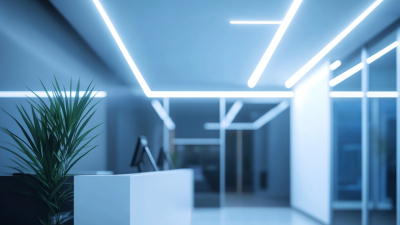
How to Maximize Energy Efficiency with LED Strip Lamps for Your Business
-
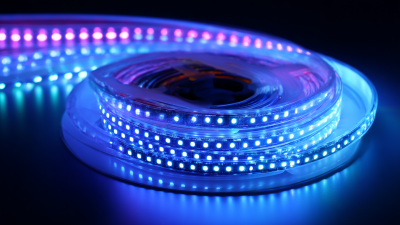
How to Identify Quality Manufacturers for the Best Led Strip Lights Using Industry Insights
-
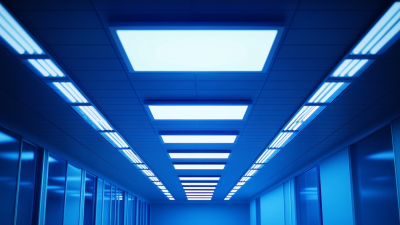
Exploring Innovative Options Beyond Simply Led Lighting for Sustainable Illumination
-

2025 Ceiling Lights Market Insights: 7 Trends and Essential Tips for Global Buyers
-
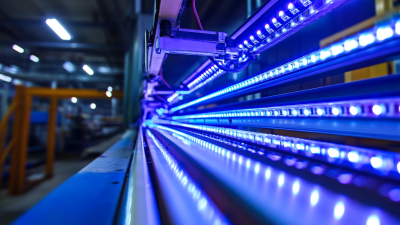
China's Resilient Manufacturing Surge Amidst US China Tariff Equalization with Best High Quality Led Light Strips
